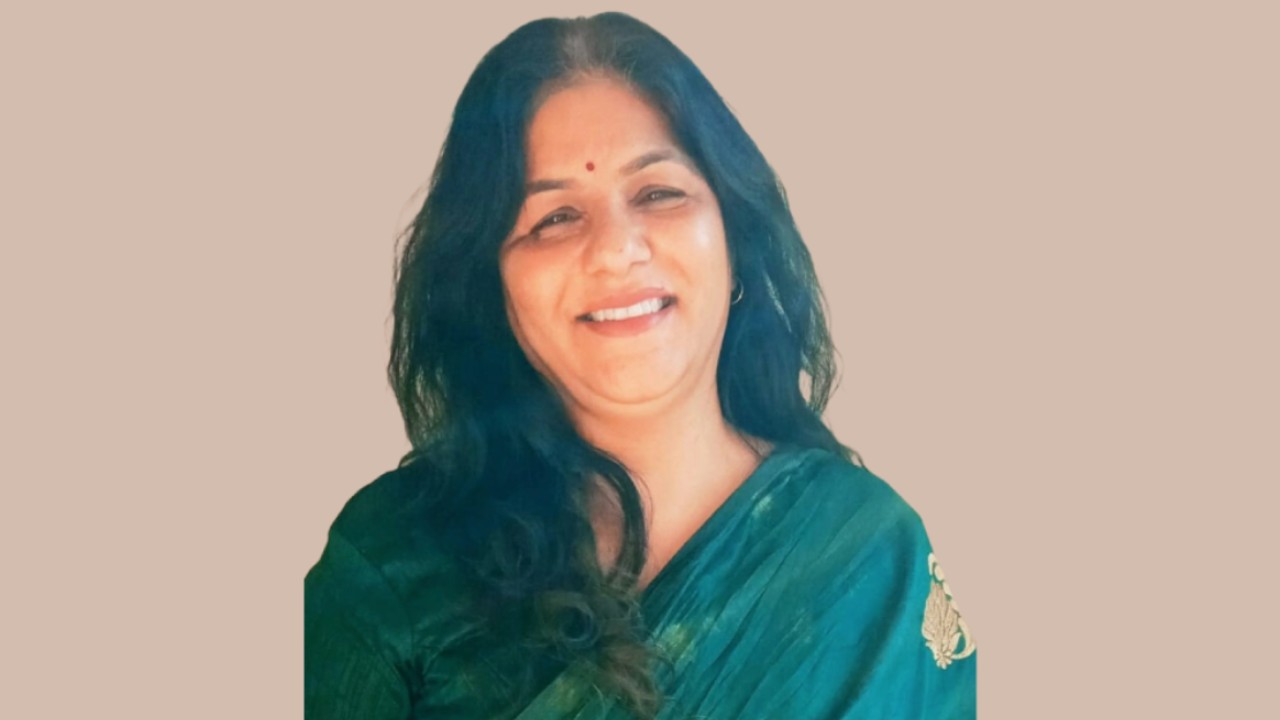Mitul Kothari, an agripreneur based in Raipur, Chhattisgarh, has pioneered advancements in agriculture, particularly within the realm of horticulture by leveraging grafting. With over twenty-five years of hands-on farming experience, Mitul has been at the forefront of next-generation agricultural practices. His dedication to innovation has also driven him to explore cutting-edge agricultural technologies across several countries, including Israel, Thailand, South Korea, Spain, Taiwan, Ukraine, and Belarus. These international insights have been instrumental in bringing transformative practices back to India. Furthermore, Mitul’s expertise has earned him a nomination as a Member of the Ministry of Agriculture and Farmers Welfare, Government of India.
In an exclusive discussion with The Interview World, Mitul delves into how agricultural innovations like grafting and inarching can empower farmers to enhance productivity and elevate their income.
Q: What are the benefits of grafting in horticulture?
A: Grafting offers several advantages over traditional seed sowing. It can also confer greater resistance to diseases and adverse conditions, boost plant yield, improve the quality of fruits and vegetables, and modify the size of the produce. By employing grafting techniques, plants can be tailored to achieve desired traits, whether it’s making them larger or smaller, and ultimately improving overall agricultural output.
Q: Which plants do you graft to achieve better results?
A: In the vegetable sector, I primarily graft brinjal, capsicum, and tomato. For fruits, I am currently focusing on papaya and dragonfruit. The results have been remarkable: grafted brinjal yields have doubled to 40-50 tonnes per acre; tomato production has increased by 40%; and capsicum has seen a 25% boost. Notably, the introduction of wild brinjal grafting in Raipur has been a first, greatly benefiting local farmers. Through grafting, farmers are not only maximizing their yield but also enhancing the quality and longevity of their produce.
Q: Could you explain the inarching technology used for papaya?
A: Inarching, in combination with grafting, offers a viable alternative to seed propagation for papaya. This method addresses issues such as the inherent variability, dioecious nature, and susceptibility to viral diseases. The process involves joining a scion and rootstock, where the rootstock develops the root system while the scion forms the upper fruiting part of the tree. Rootstocks can include seedlings, rooted cuttings, or layered plants. They also influence various aspects of the grafted plants, including tree size, growth habits, yield, and the size and timing of fruit maturity.
Q: How do farmers benefit from apple ber farming?
A: Twelve years ago, after studying apple ber farming techniques in Thailand, I introduced a new variety of apple ber saplings to Raipur. Today, this variety is cultivated across over 5,000 acres. Each plant yields 40-50 kg of ber per season and commands a favorable market price, significantly improving the livelihoods of local farmers. With the high yield and attractive market price, more farmers in the state are showing interest in apple ber cultivation.










2 Comments
Thanks for sharing. I read many of your blog posts, cool, your blog is very good.
Thanks for sharing. I read many of your blog posts, cool, your blog is very good.
Comments are closed.